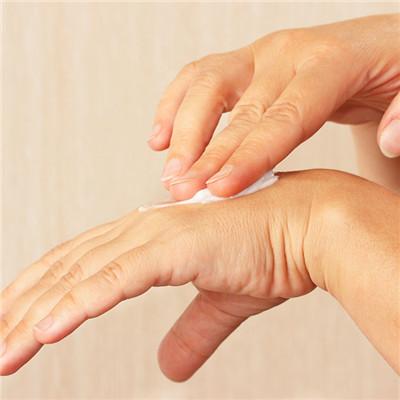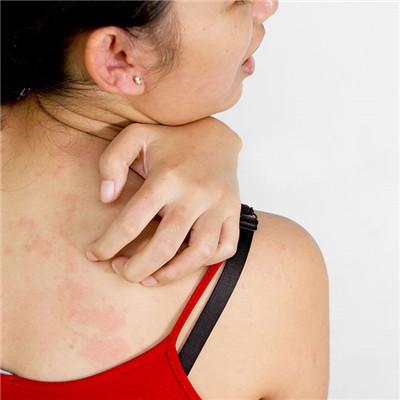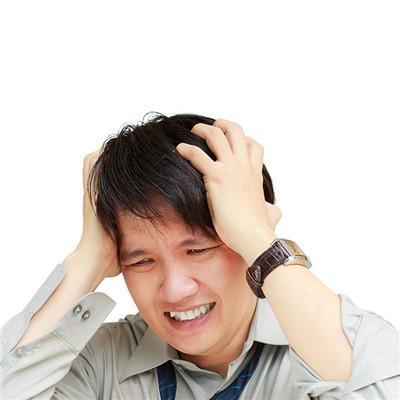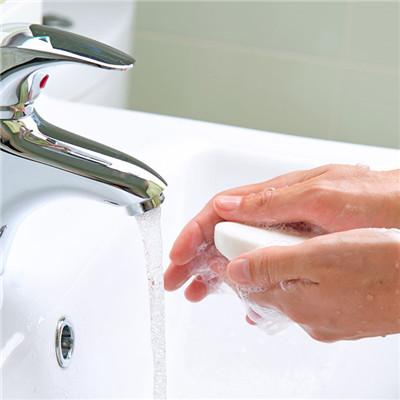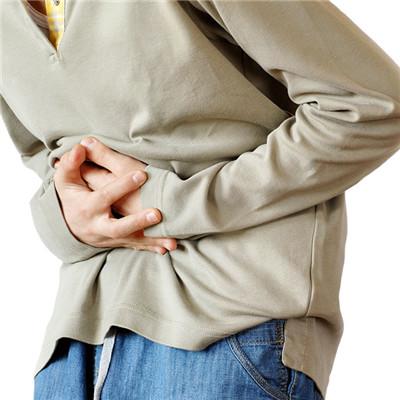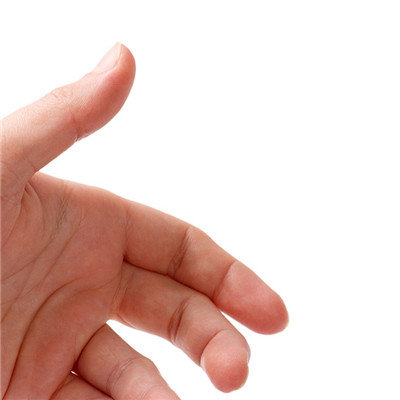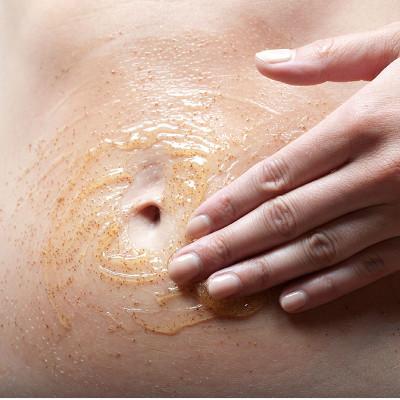Specific method for treating epilepsy
summary
The sequelae of epilepsy after carbon oxide poisoning only occurs once in a while. When the patient is sick, he will foam in his mouth and twitch in his limbs. After being controlled by western medicine, he is getting better now. How about the specific method for treating epilepsy? Do you want to discuss it together? So let's share the special effect method of treating epilepsy.
Specific method for treating epilepsy
Treatment 1: surgical treatment of epilepsy: this method is also a lot of patients, willing to use, surgical treatment method, through the operation to remove the patient's body, induce epilepsy brain tissue, resection of its epileptic area, effectively avoid the seizure of epilepsy. But the success of surgical treatment must accurately determine the pathogenic area, and the surgical treatment should be carried out in a regular professional hospital, in order to prevent improper operation and unnecessary damage to patients.
Treatment 2: drug treatment: the general principles of epilepsy drug treatment are: early medication, sufficient dosage, accurate medication and long time. Once the diagnosis of epilepsy is established, take medicine immediately to control the seizure. If the dosage is enough to control epilepsy without seizure and drug toxicity, the blood drug concentration can be checked if necessary. According to the different types of epilepsy or syndrome to determine the drug selection.
Treatment 3: diet therapy: the diet therapy of epilepsy mainly refers to ketogenic diet therapy. Therefore, through the selection of high fat ratio, low protein and carbohydrate ratio of diet formula to make the body produce ketone body, in order to simulate the body's response to hunger to treat epilepsy and other diseases. For epilepsy that is difficult to control with drugs, ketogenic diet treatment can be tried out. Family members must start treatment strictly in the epilepsy center with conditions, and strictly implement the diet plan. Because it needs certain technical monitoring and has certain risks, patients and their families should not implement it without authorization.
matters needing attention
Some people force chopsticks and spoons into the mouth of patients to prevent them from biting their tongue. This may lead to the fracture and loosening of the patient's teeth. If the patient wears dentures and forcibly pries open the patient's closed mouth, the dentures may fall off and enter the respiratory tract.

